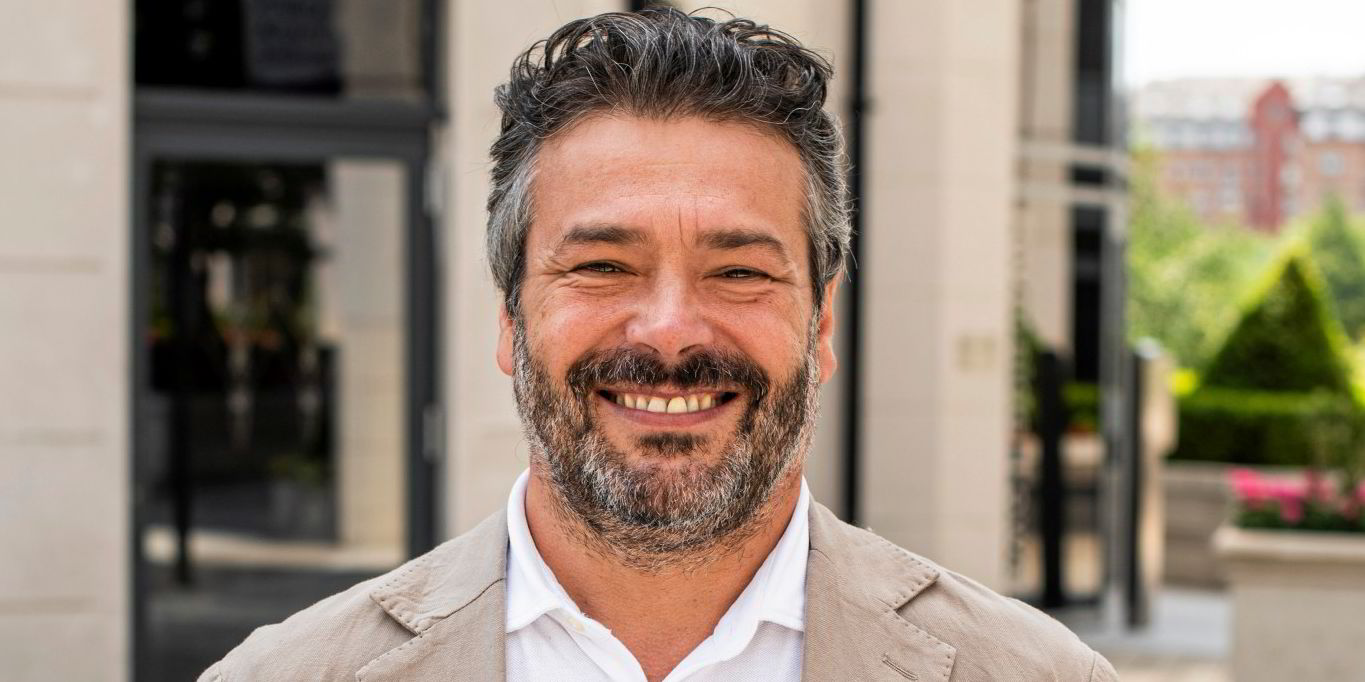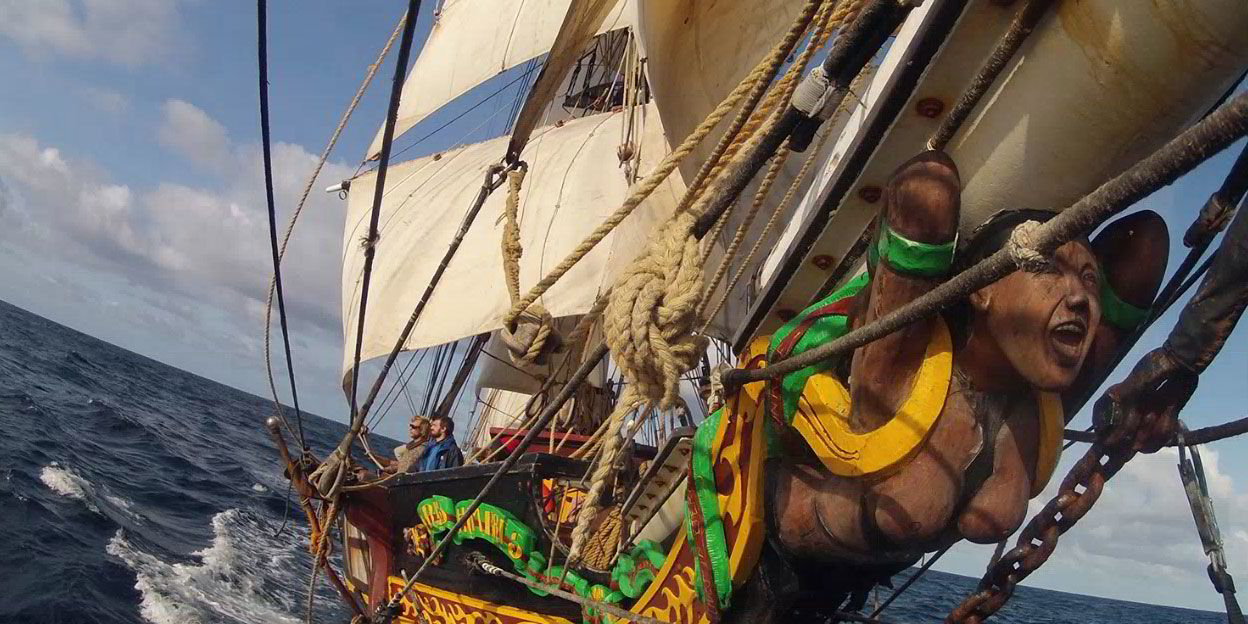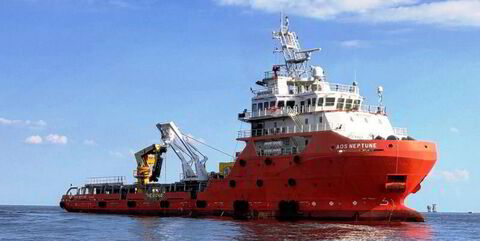John Cooper has finally hit on a job that even his children think is cool.
After working in Formula One — arguably the world’s most glamorous sport — as chief business officer for McLaren Racing, the chief executive of BAR Technologies has finally secured the family seal of approval with his work harnessing wind for shipping.
He expects to end the year on a high, with detailed results due out in December confirming the success of his company’s 37.5-metre rigid sails in bringing down fuel costs on a Cargill-chartered bulker. The 80,700-dwt kamsarmax Pyxis Ocean (built 2017) left Singapore in August for Brazil on its first voyage since being fitted with the two Chinese-built WindWings.

Those results, which Cooper believes will be slightly ahead of earlier predictions, are likely to lead to a surge of orders for WindWings that each save about 1.5 tonnes of fuel on a large vessel per day, he says.
“We’re talking to 100 charterers and vessel owners. They’re all waiting for the consolidated results over the next couple of months and we anticipate a huge number of orders,” he tells TW+.
“So, my biggest headache at the moment is setting up extended supply chains that are capable of manufacturing 500 WindWings a year rather than 50.
“I fully expect more than half of newbuilds being ordered in two or three years’ time to have wind propulsion. It is a big, big market.”
The development of new, cleaner fuels will come at a cost. Methanol and ammonia will be more expensive and less efficient than heavy fuel oil, the “old-fashioned dinosaur” that they will come to replace.
Desperate to offset soaring fuel costs, owners will look to wind for the ultimate free source of power, Cooper believes.
He is banking on a domino effect when shipowners recognise that sail-fitted newbuildings and retrofits will become highly desirable and tradeable assets.
It has been a big year for BAR Technologies. Singapore shipowner Berge Bulk announced in October that it had taken control of the world’s largest wind-assisted cargo vessel, the 211,200-dwt Berge Olympus (built 2018). It has been retrofitted with four WindWings for a fuel saving of six tonnes a day.
Even though the International Maritime Organization has set a strong lead with targets for net zero by 2050, Cooper thinks the biggest push is coming from the public.
“They’re now demanding that we do something about climate change. I talk to my kids and they go: ‘Well, great, Daddy, that’s a really cool job you’ve now got … You’re doing something that’s good for everybody’. I think that people’s desires have overtaken the regulator.”




